
While the latest content update to Elite: Dangerous was called the Type-8 Update, what it really should have been called is the Engineering Reborn Update because the revamps applied to that progression system have dramatically re-energized my time in-game. And this is coming from a complete noob to the whole thing.
For those who don’t know, engineering is effectively a series of progression grinds that apply modifications to the functions of space suits, FPS weapons, and spaceships in the game, and for years it was so insurmountably restricted and… well, grindy, that I didn’t bother to even acknowledge the whole thing. However, once this update landed, even old salts and disenfranchised commanders started to take notice and point out how big this was. And that’s not something you ignore, which is why I dug into engineering for this edition of Stick and Rudder.
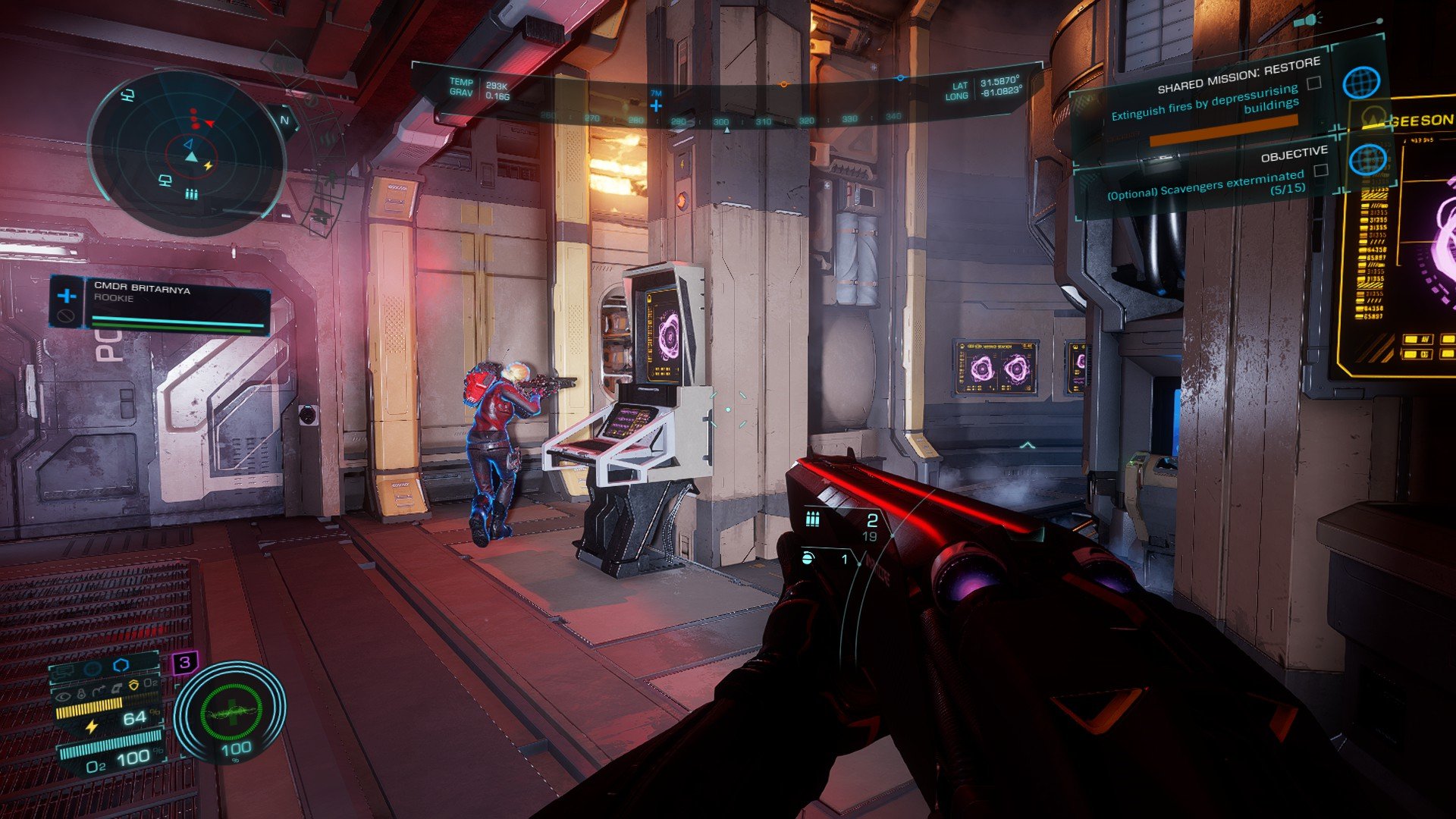
My investigations began with the chase I was most waylaid by: upgrading on-foot suits and weapons. These gameplay elements were quite literally the main draw of the Odyssey expansion for me but ended up being my biggest heartbreak as the grinds and tedium of it all annihilated whatever enjoyment I otherwise was having. It was a big enough failboat that I walked away from the game wholesale for several months. As of now, though, things are at least better in terms of rewards, if not great in targeting how to get them.
Allow me to explain: Previously the material rewards for completing on-foot missions were extremely rare and very menial besides, relying mostly on targeting specific types of missions or settlements in order to find the right pieces to upgrade your kit, assuming they even spawned. Now, literally every on-foot mission awards big piles of materials of all kinds, but they’re still pretty random, meaning that I had to hope that when I opened the mission kiosk, I’d find something I need.
This is paired with the fact that a lot of the on-foot missions I’ve taken on are not easy solo save for certain ones like courier missions or ones involving retrieving something from a crash site, which really limits what I’m capable of doing. I’ll admit that some of this is a personal skill issue, but it also makes me intensely gun shy and forces me to wait until I can do other mission types with my friends, which is certainly fun but not what I’d call ideal.

Still, the reward amounts are vastly improved, and I was even able to upgrade my favorite gun to rank two. I haven’t gone to any weapon or suit engineers yet, but I do have to say that the system feels a little more approachable than before, even if getting the right goodies without being extorted by fleet carrier owners is a crapshoot. Unless I’m missing something, of course, which is always possible. And in the end I’m actually eager to do Odyssey missions again, so that’s still a win in my book.
While Odyssey engineering upgrades may slightly underwhelm, spaceship engineering has been a delight. Again, I’ve never engaged with any portion of this system before the Type-8 Update, so I was flying into this generally ignorant save for the asked-for guidance of my best friend, but the past several weeks of improving my favorite combat Chieftain have been intensely engaging.
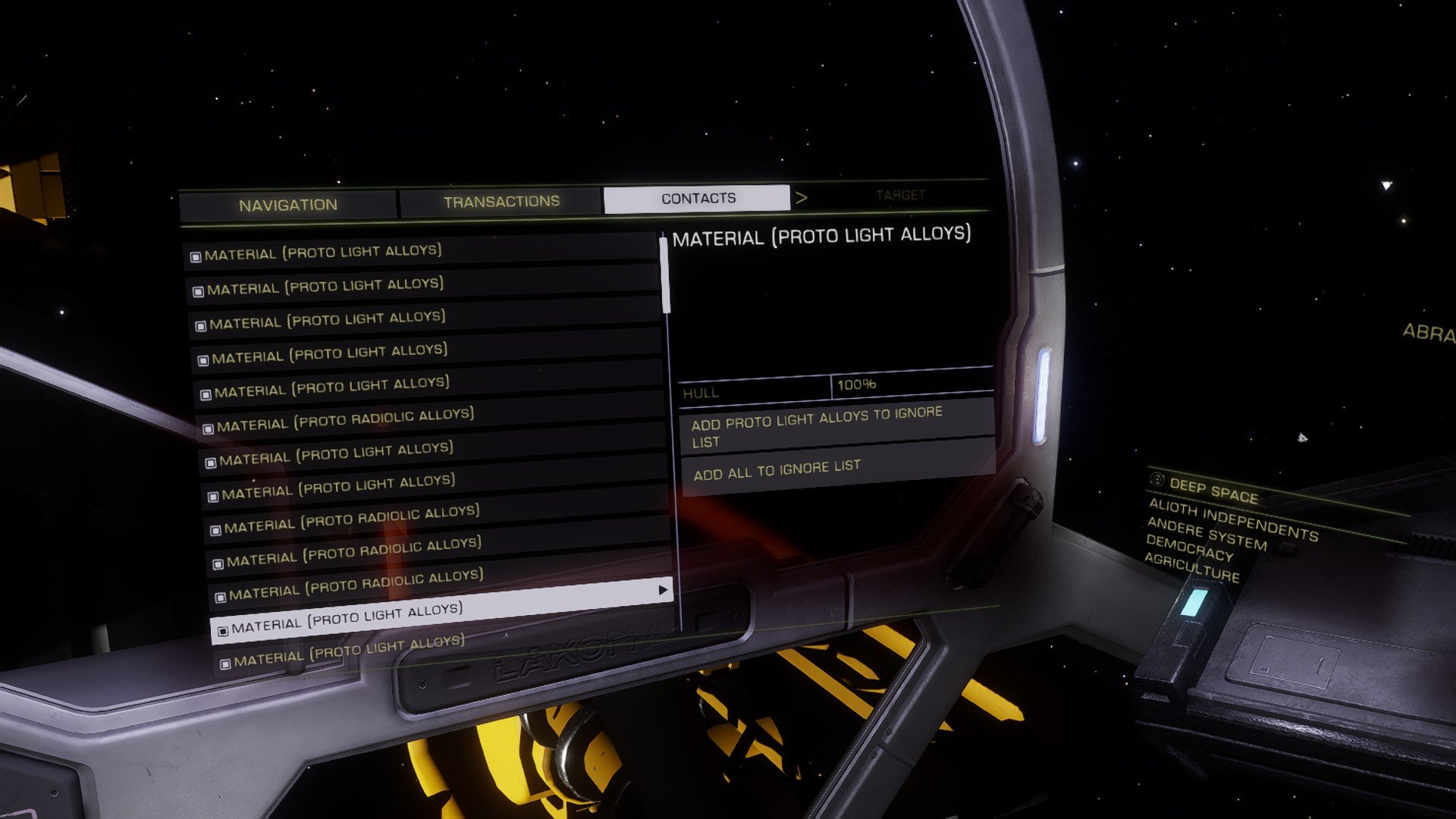
On paper, the whole thing is still an arduous rigmarole: You have to be invited to visit an engineer, you have to meet some manner of requisite to unlock their services, you have to gather very specific materials that are classified in three types (raw, encoded, and manufactured), and then you have to physically land the ship you want to upgrade at the engineer’s house, burning up the materials by filling progress wheels – a process colloquially referred to as “spinning” – in order to move up in tiers, which in turn increases rank with that specific engineer.
In practice, the granularity of the whole deal is vastly helped by the fact that material rewards for well-known activities are immensely improved and that spins are much more predictable instead of randomized. The way to get ship engineering mats has not changed in practice, but the number of things handed out has, so all of the tried-and-true methods will work even better than before. That also means that guides that are now years old are still mostly relevant to neophytes – including me.
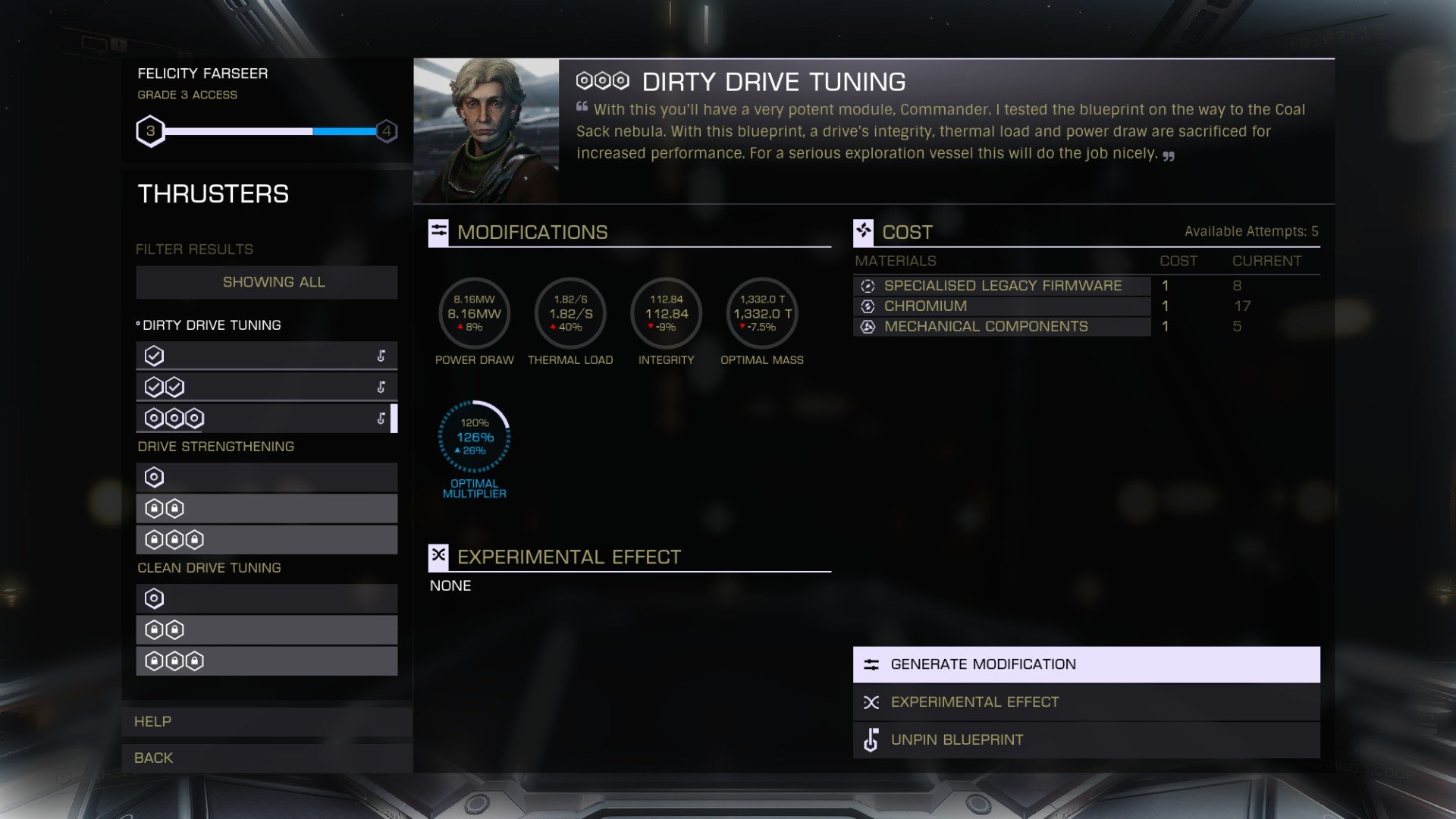
After the time I spent upgrading my ship’s thrusters to grade three dirty drives and my FSD to grade five with the mass manager experimental effect, I can say that this is the way to do grind. There’s steps to take, progress that’s required, and a lot of materials to rake in at the end of the day, but it all still feels like time and effort are much better rewarded, and being able to customize my favorite ships to truly make them my own is an absolutely huge boost in terms of raw performance and mental state. Put another way, this whole thing feels really, really good.
I do have to keep reminding myself that even if things are better now, it’s still a marathon and not a sprint, so looking at the entire system in totality can still feel pretty overwhelming and scary. But it’s been my experience that approaching it in pieces really is worth it.
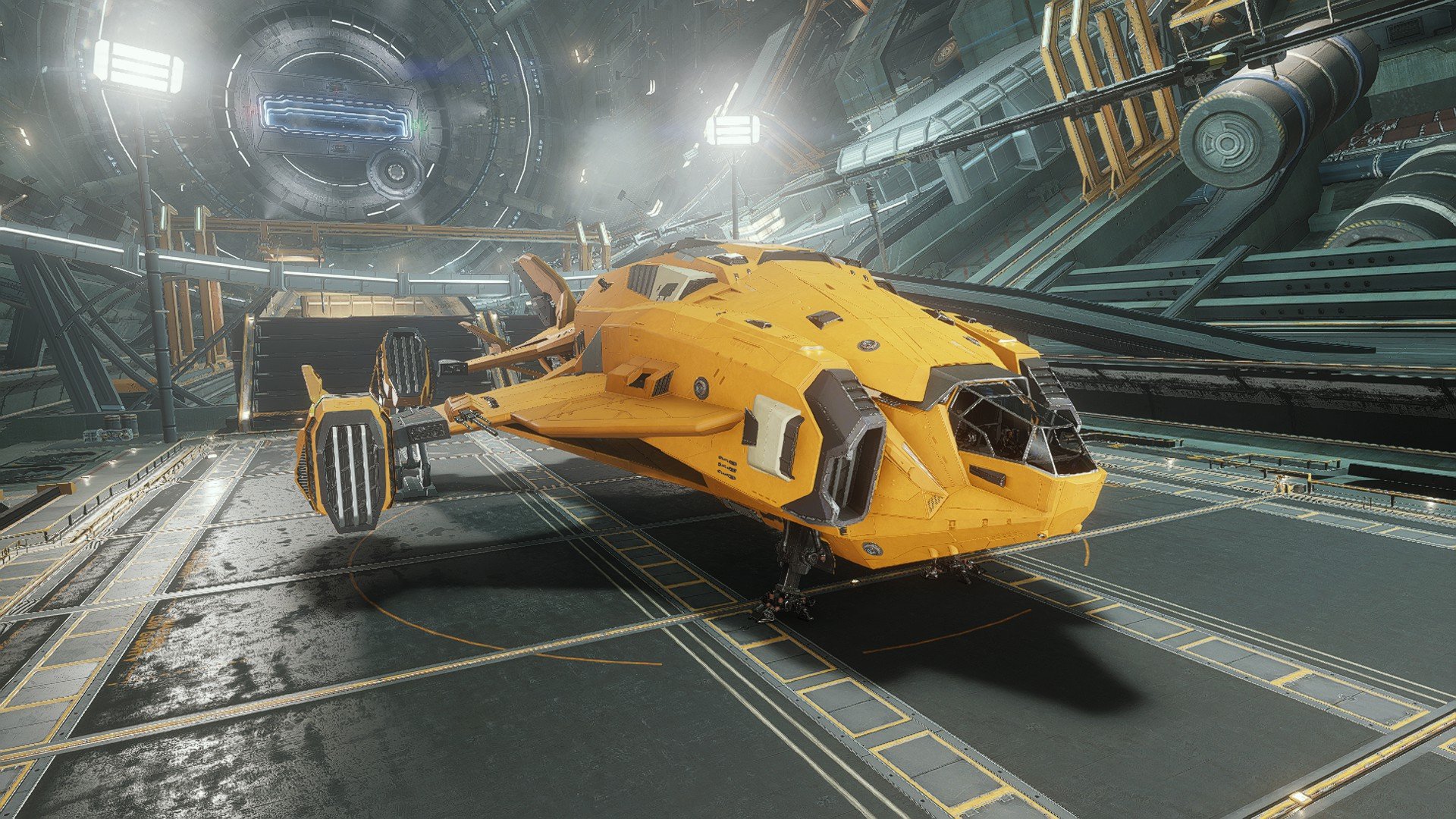
Of course I wouldn’t feel this way if I didn’t call attention to the huge variety of resources out there that can help out. Some of my favorites have easily been Inara as well as the Materials Helper standalone program, both of which help track down and keep tabs on material matters, and I also have to nod to videos from Hawkes Gaming, Mile 13 Gaming, and The Buur Pit.
And yes, it would be much better if this stuff were in-game, but I also kind of like how these utilities enhance my experience. Digging into separate sites and apps is just an extension of the wider delight games like Elite: Dangerous provide me.
I genuinely hope that Frontier Developments doesn’t stroll in, declare “it’s FDeving time,” and FDevs all over the place (or decides to screw things up in other words), but so far it hasn’t attempted to ruin a good thing and instead seems to be all-hands on October’s powerplay updates, which is another system I’ve never cared about before but am suddenly eager to attempt.
And that’s kind of the encapsulation of my thoughts on the Type-8 Update. I feel empowered to attempt new things now.
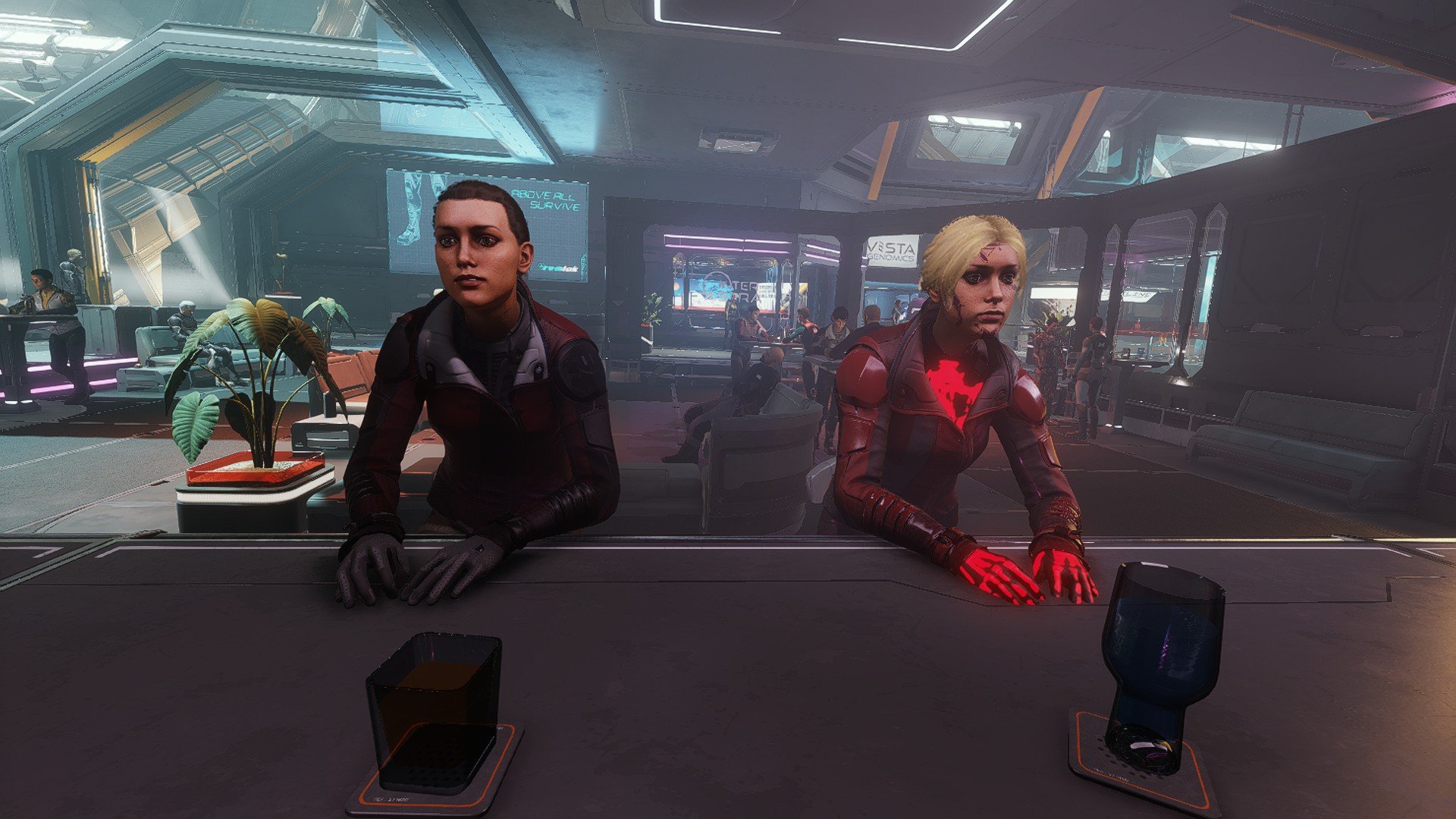
Thanks to these engineering improvements, I suddenly care about doing that activity too. I suddenly feel a bigger sense of ownership of my ships and weapons. I suddenly have new goals to go after with a sense of discovery and excitement. I suddenly have a reason to play Elite: Dangerous again. And I’m willing to bet those who have understandably been sitting on the fence and nursing old burns will feel the same way.
Calling this a renaissance is not overselling it, in my view. It’s time to come back.
 It’s a big wide universe out there, and the MMO industry is busy filling up the space between the stars – with sci-fi MMORPGs! Join the MOP team here in Stick and Rudder for intermittent voyages into all the big space-trucking, dog-fighting, star-flighting MMOs of the moment.
It’s a big wide universe out there, and the MMO industry is busy filling up the space between the stars – with sci-fi MMORPGs! Join the MOP team here in Stick and Rudder for intermittent voyages into all the big space-trucking, dog-fighting, star-flighting MMOs of the moment.













